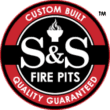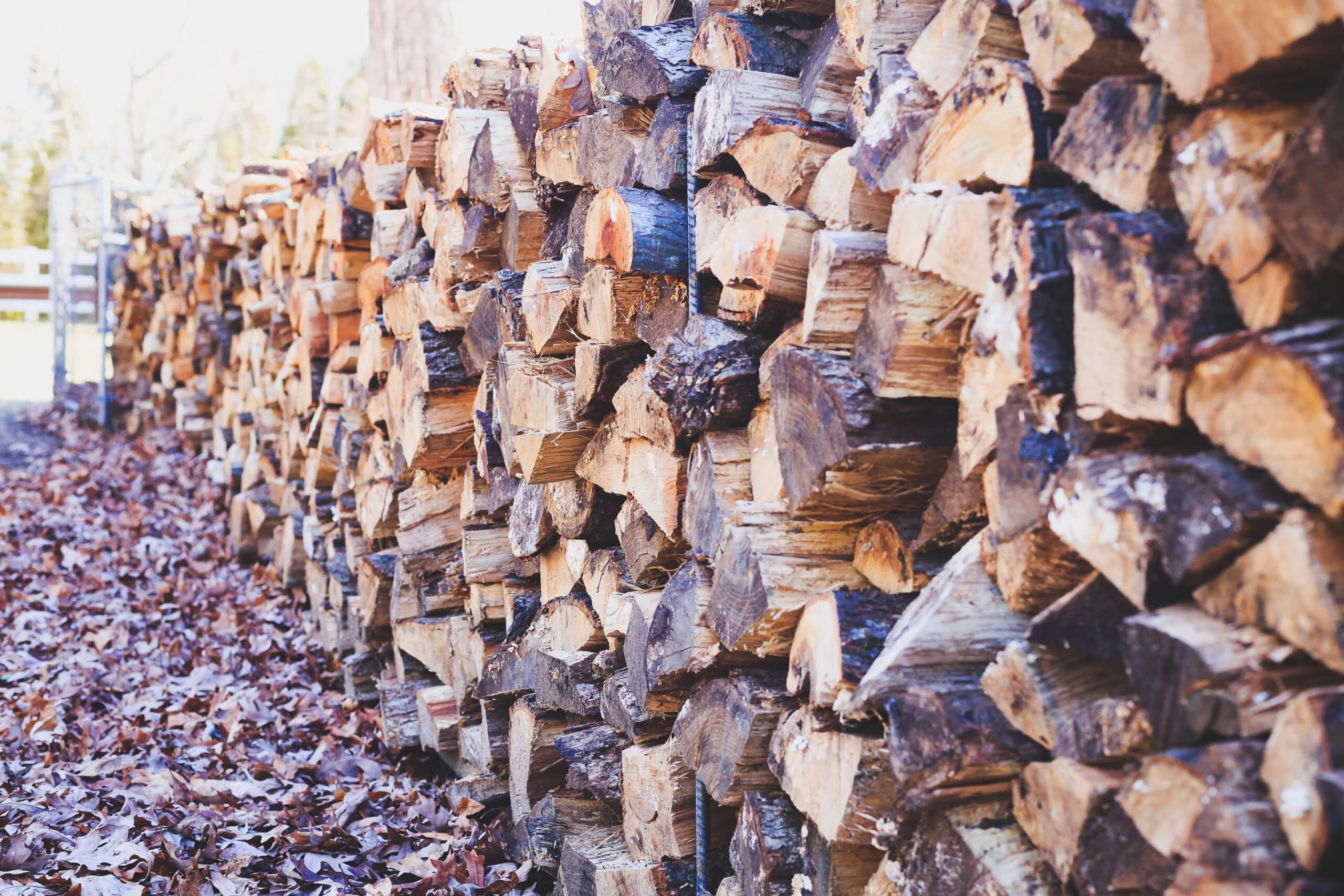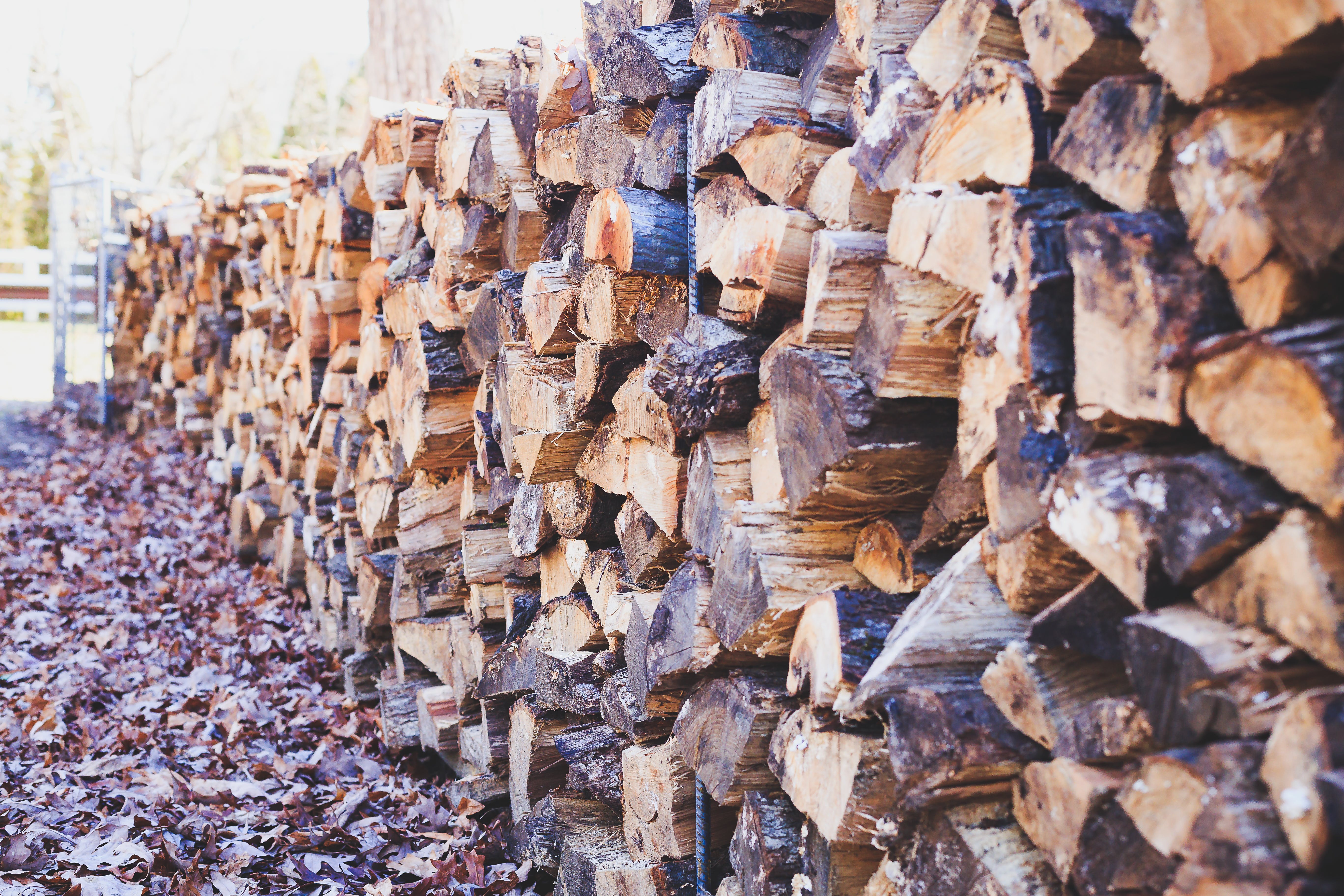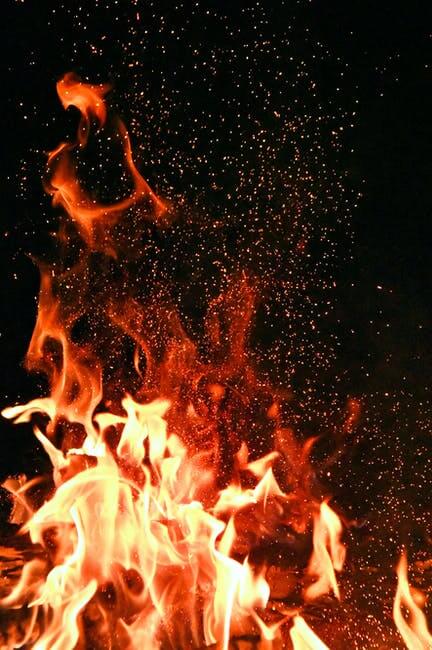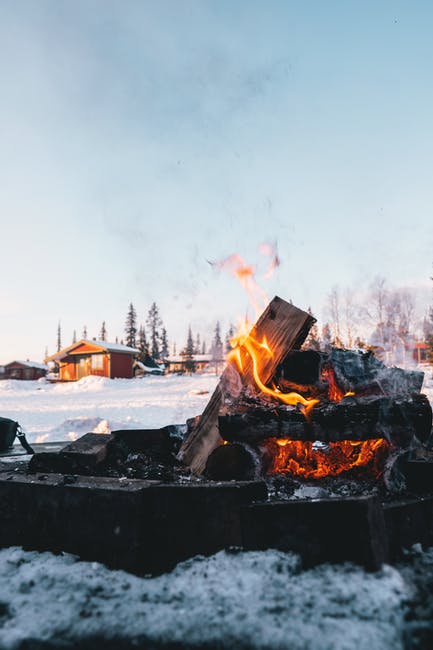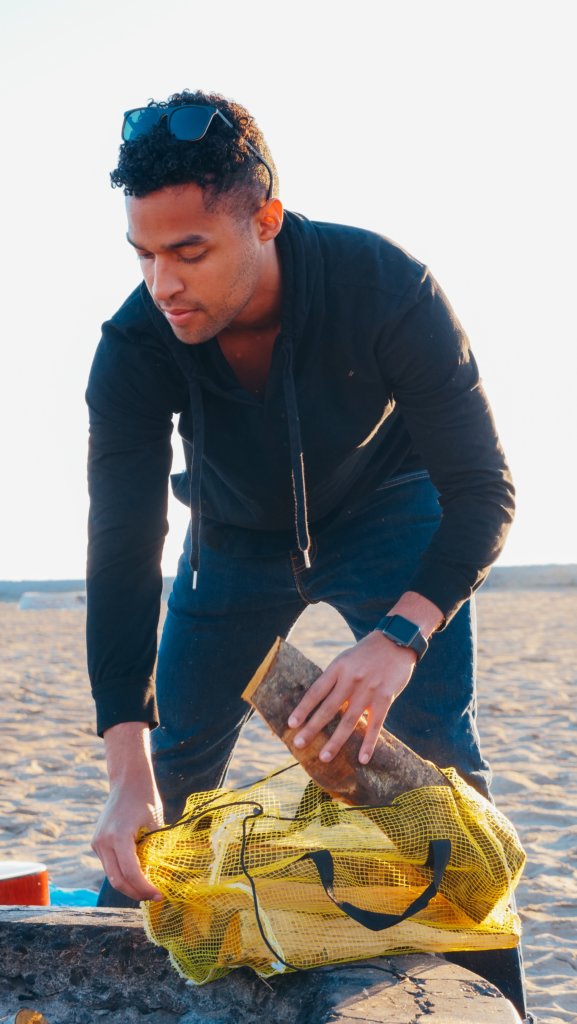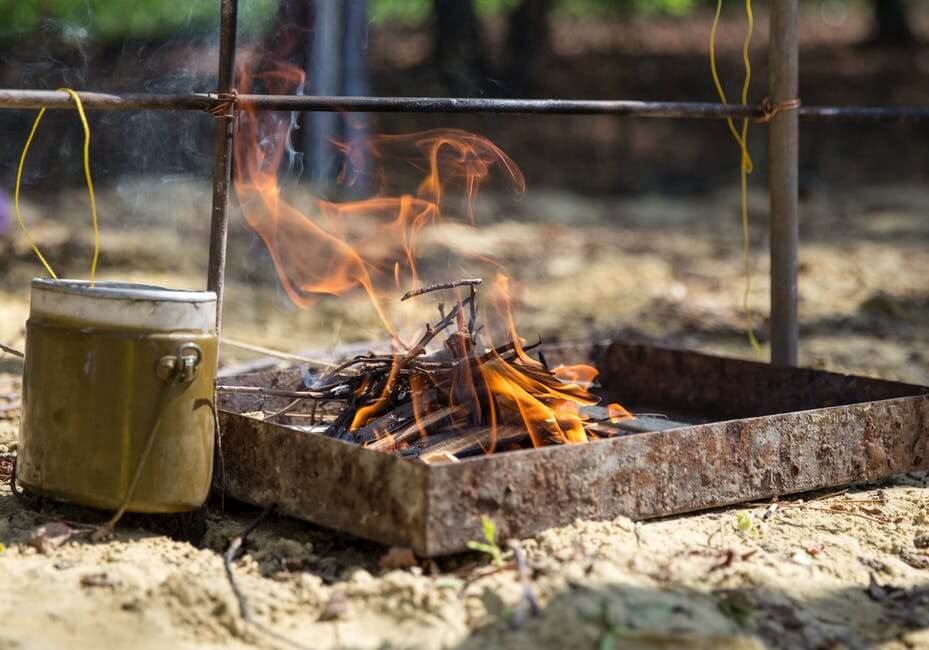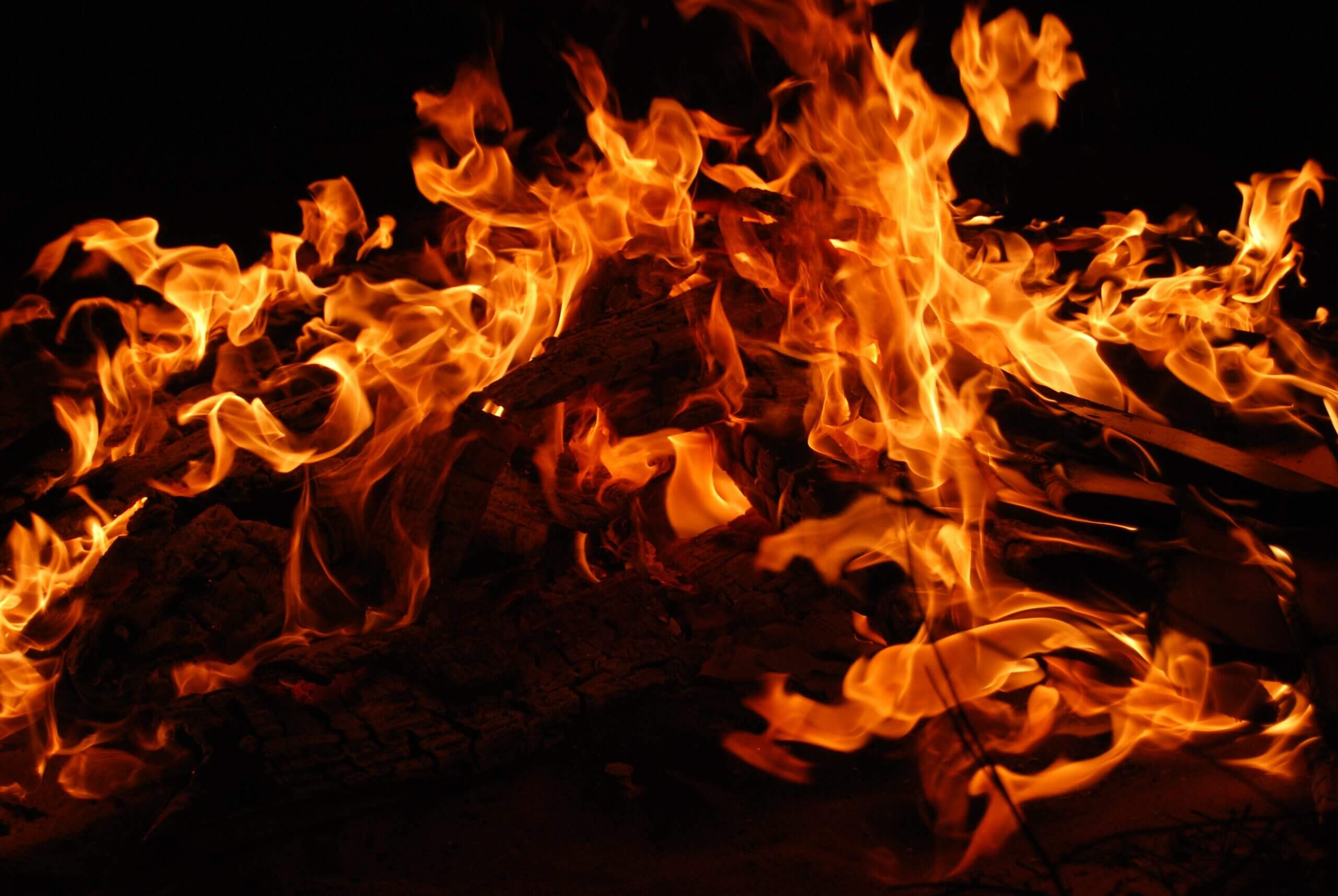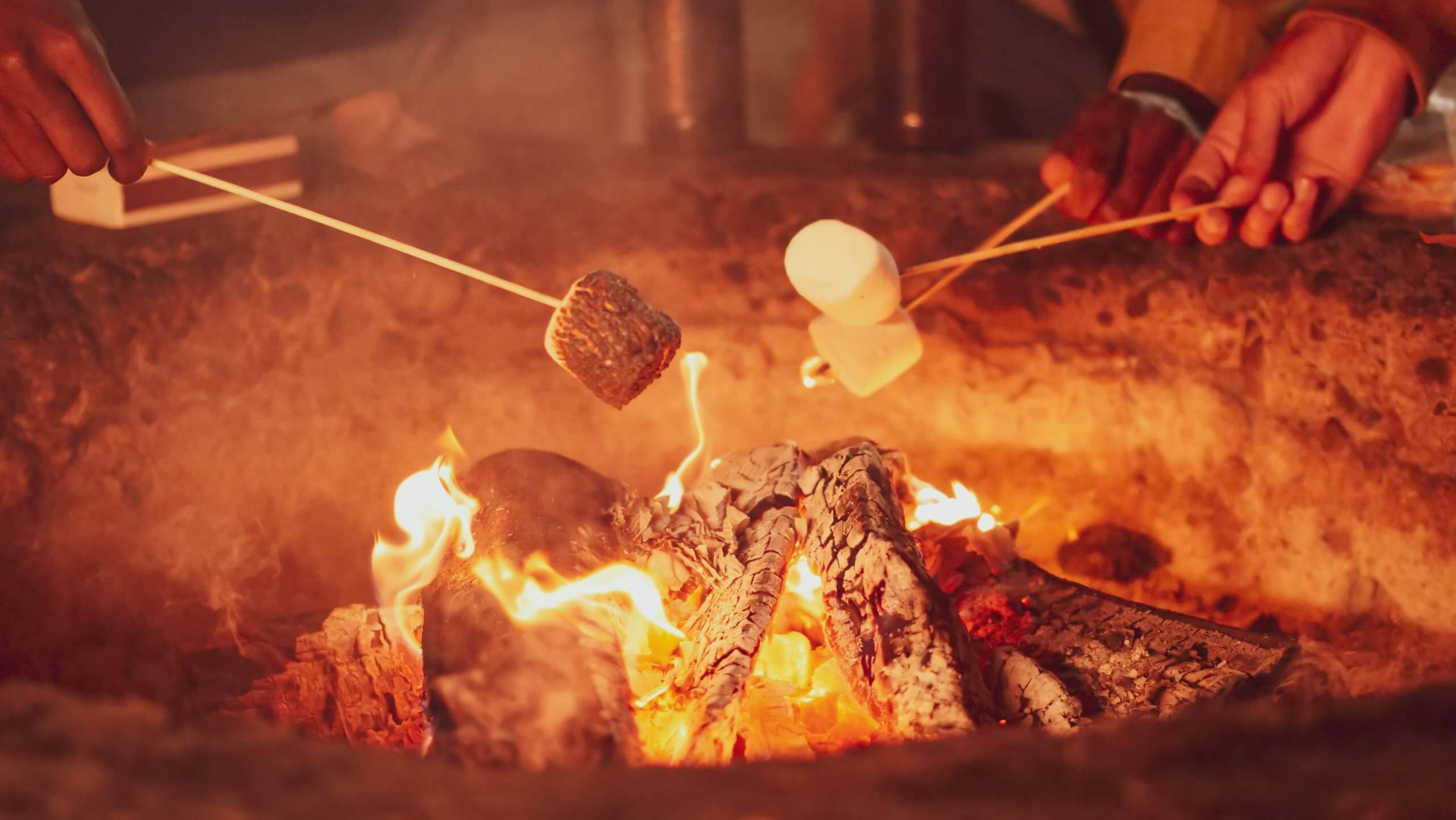
During summer nights, we often want to spend time outdoors, but lack a good way to do so. In a word that is so dominated by screens on our phones, computers and TVs, spending quality time around a fire pit is a nice return to simple living, free of distractions. Not only do outdoor fireplaces and fire pits provide warmth at night, but they can also act as a very design-driven centerpiece in your patio or backyard area.
With days getting longer and warmer as summer approaches, we have all the more reason to spend our free time outdoors. However, once the sun sets, it might be less tempting to stick around in your backyard. This is why it makes sense to install an outdoor fire pit this summer. This neat, unique hardscape feature will surely make your outdoor celebrations, family gatherings, and barbecues the talk of the neighborhood! Read below for a few ways to use your fire pit this summer – or why to get one if you have yet to take the plunge!
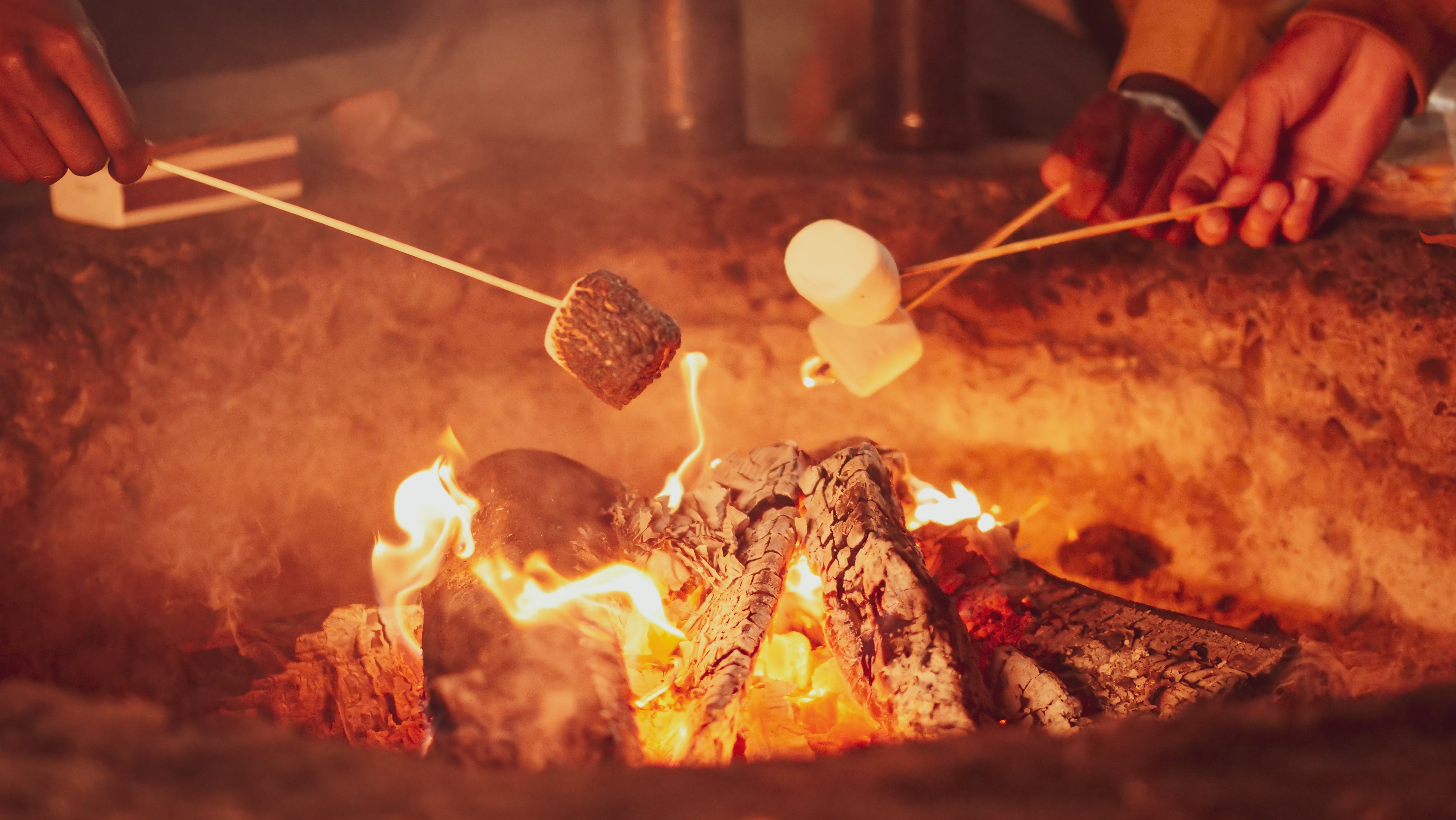
Fire Pits are a Great Way to Style Your Patio
Outdoor fireplaces can be built to match the design language of your home. From metal to stone they come in a wide variety of styles both modern and more traditional. A high quality fire pit can definitely set the tone for the rest of your back yard or patio set up, and many enthusiasts end up investing in higher quality outdoor furniture once they realize how much time they are spending outside.
With a natural stone veneer surrounding the fire pit, you have no cause for concern since the sparks and smoke will be contained within the fire pit area. Also, having natural stone surrounding this part of your backyard is a great way to make your backyard unique as well as enjoyable.
Although you might need to adapt your backyard a little bit by constructing a path made of pavers or slabs, all the effort and investment will be worth it in the end. Furthermore, you can decorate your backyard with the fire pit taking center stage. You can further embellish a path leading to the fire pit with sculptures, stones, garden gnomes, or flowers. These additions will transform your regular backyard into an organic oasis where you can socialize, party, or contemplate on your own in the evenings.
With a fire pit in place, you can organize all kinds of gatherings that will leave a lasting impression on your family, friends, and neighbors this summer. If you do not have the time to take care of plants and flowers, a fire pit will be a true statement piece that will make your backyard stand out effortlessly.
Fire Pits are Easy to Install
Fire pits are relatively inexpensive and easy to install compared to some of the more complex backyard staples such as pools, trampolines, or playgrounds. Not only are outdoor fire pits affordable, but they can definitely contribute additional value to your home and can be a great selling point for those looking to put their house on the market in the near future. Fire pits are available at nearly every price point, from simple fire bowls to custom stone or iron, you can find a fire pit for any budget.
Fire Pits are Great for Gatherings
A fire pit creates a focal point for your outdoor gathering. Some might say that it is simply in our genes to gather around a fire. Solidify your position as the go-to host for the neighborhood barbecue with a centerpiece that doubles as a conversation piece.
Aside from cooking, you can use your fire pit as a gathering spot all year round. You can make desert-themed parties in the summer, Halloween parties in the fall, and family gatherings in the winter as well. Not to mention a huge bonfire makes any birthday party an event to remember. Furthermore, you will probably be inclined to spend more time in your backyard. A fire pit can also serve as a setting for stargazing with your family or friends.
Fire Pits Come in a Variety of Fuel Options
The most popular fuel option for fire pits are wood, natural gas, and propane. If you’re looking for a more natural experience and you have more space, wood is a great option, but be aware that it is more work to find firewood, chop it and light a wood fire. Natural gas and propane have the benefits of being ready to go at the flick of a switch. They also require less space and are usually more safe than a wood fire pit. The main difference is that a natural gas pit cannot be moved and pulls from your home’s supply of natural gas. A propane powered fire pit can be moved, but you also have to deal with a clunky propane tank which is not always the most stylish option.
Fire pits that use gas are also reasonably easy to maintain. You do not have to worry about running out of wood. Furthermore, fire pits that are lit up with propane reduce mess, ashes, and other debris. They are also easy to start, eliminating the need to stack and replenish wood or coal to maintain the fire. It is not only supplies and low maintenance that might lead you to opt for a gas-powered fire pit. These kinds of fire pits are also safer because they do not emit sparks, which is crucial in dry summer months when the grass and foliage dries and becomes flammable.
Fire Pits Can Serve as Outdoor Kitchens and Dining Rooms
Unlike other nice landscape features that you can add to your backyard, such as fountains, fire pits can also be very practical. Aside from the usual marshmallow roasting, you can extend the functionality of the fire pit by placing a grill grate or a rotisserie over the flames. Thanks to this makeshift stove, you will be able to grill as many sausages, steaks, or fish as you want. You will no longer have to clean and air out your indoor kitchen, which can be really hard, especially in the summer. Also, you can place a table and chairs in the vicinity of the fire pit and thus make an outdoor dining room. This will transform your regular evening meals or barbecues into cozy, exciting, fire-lit events under the stars.
Extend your Interior Decorative Style your Fire Pit Area
Fire pits are so much more than just a stone or metal barbecue. They are made in all shapes and sizes, which means you can construct them to fit your aesthetic preferences. If you are traditional when it comes to design, you can install a rustic, bowl-shaped pit surrounded by natural rocks and stones. In contrast, if your personal taste gravitates toward minimalistic, modern lines and structures, your fire pit can reflect this, as well. Flat, smooth paving with a simplistic stone or marble ledge surrounding the fire pit makes for a perfect chill-out zone for your family and friends to make use of in the summer.
All in all, if you decide to install an outdoor fire pit this summer, you can use this opportunity to showcase your style and aesthetic affinities tastefully and practically.
